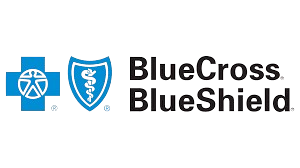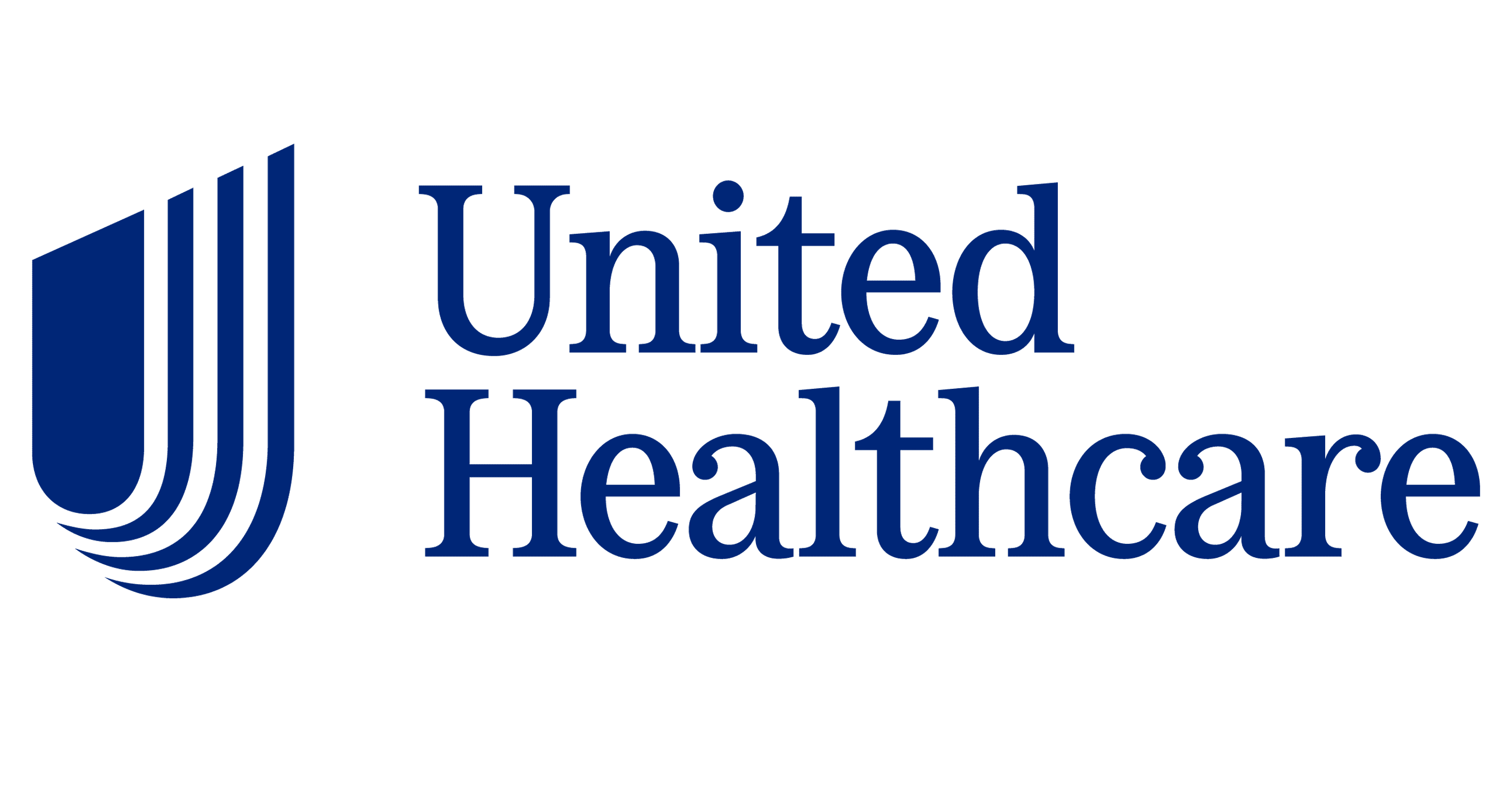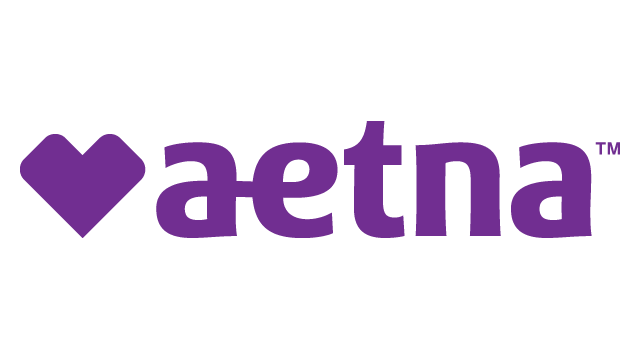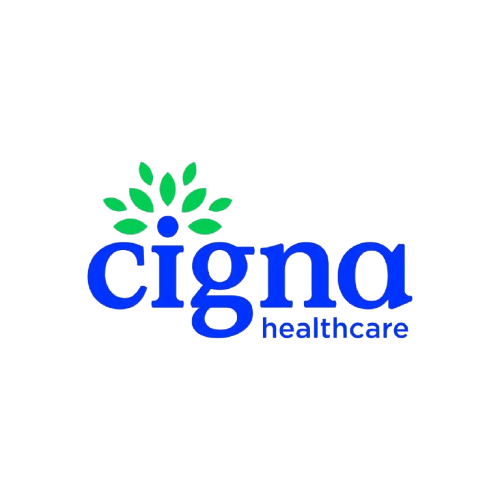CPT 99283 Fee Schedule
Healthcare providers use this code to document and receive reimbursement for visits that address moderate-level medical decision-making, often including multiple diagnoses or prescription management.
| Key Fact | Detail |
|---|---|
| Service Type | • Evaluation and Management • Emergency Department Services |
| Common Place of Service | • 23 - Emergency Room • 22 - On Campus Outpatient Hospital |
| Common Modifiers | • None • 25 - Significant, separately identifiable E/M service same day • GC - Service performed by resident under supervision |
| Complexity Level | Moderate |
National average reimbursement for CPT 99283 by major payers:

$90.49

$71.85

$77.44

$104.15
| Payer | Code | Rate | NPI | Tax ID | State | Specialty |
|---|---|---|---|---|---|---|
Select a payer to view fee schedule data Choose a payer from the options above to see rates for CPT 99283 | ||||||
United | 99283 | $152.19 | 1700349966 - DANIEL PALASZ | 474418776 - (GA) AU MEDICAL ASSOCIATES EMERGENCY MEDICINE BILLING SERVICES LLC | GA | Emergency Medicine Physician (207P00000X) |
United | 99283 | $157.89 | 1144592239 - JOSHUA JOHNSON | 930429015 - (OR) PORTLAND ADVENTIST MEDICAL CENTER | OR | Emergency Medicine Physician (207P00000X) |
United | 99283 | $108.48 | 1003279704 - LOUIS FORNAGE | 260834681 - (TX) TEXAS CHILDRENS PHYSICIAN GROUP | TX | Emergency Medicine Physician (207P00000X) |
United | 99283 | $59.75 | 1699708271 - RANDOLPH LIPSCHER | 881830478 - (TX) AMELIA SOUTHWEST PHYSICIANS PLLC | IL | Emergency Medicine Physician (207P00000X) |
United | 99283 | $89.66 | 1831537570 - JACOB BAALMAN | 440552485 - MERCY HOSPITAL SPRINGFIELD | MO | Emergency Medicine Physician (207P00000X) |
United | 99283 | $92.95 | 1053358606 - JAVIER CALDERA-NIEVES | 742958277 - SCOTT & WHITE CLINIC | TX | Emergency Medicine Physician (207P00000X) |
United | 99283 | $184.05 | 1467862417 - MOHAMMAD ALZAHRI | 922417967 | TX | Emergency Medicine Physician (207P00000X) |
United | 99283 | $121.76 | 1548689284 - BRANDON WISINSKI | 362169147 - ADVOCATE HEALTH AND HOSPITALS CORPORATION | IL | Emergency Medicine Physician (207P00000X) |
United | 99283 | $256.85 | 1902212673 - NIDHISH SASI | 800886397 | NY | Emergency Medicine Physician (207P00000X) |
United | 99283 | $148.52 | 1851735138 - USAMA KHALID | 582030692 - EMORY UNIVERSITY | GA | Emergency Medicine Physician (207P00000X) |
United | 99283 | $99.84 | 1619149374 - MICHAEL ANDERSON | 362169147 - ADVOCATE HEALTH AND HOSPITALS CORPORATION | IL | Emergency Medicine Physician (207P00000X) |
United | 99283 | $197.64 | 1982066833 - ADAM RODRIGUES | 742501542 | TX | Emergency Medicine Physician (207P00000X) |
United | 99283 | $128.14 | 1750302634 - RONALD IVERSON | 830279242 - WYOMING MEDICAL CENTER INC | WY | Emergency Medicine Physician (207P00000X) |
United | 99283 | $76.47 | 1134583941 - DAVID HEIN | 481169103 - SALINA REGIONAL HEALTH CENTER INC | KS | Emergency Medicine Physician (207P00000X) |
United | 99283 | $136.74 | 1760697247 - RYAN NELKIN | 870737749 | AZ | Emergency Medicine Physician (207P00000X) |
United | 99202 | $100.00 | 1234567890 | 1234567890 | CA | Cardiologist |
United | 99202 | $100.00 | 1234567890 | 1234567890 | CA | Cardiologist |
United | 99202 | $100.00 | 1234567890 | 1234567890 | CA | Cardiologist |
United | 99202 | $100.00 | 1234567890 | 1234567890 | CA | Cardiologist |
United | 99202 | $100.00 | 1234567890 | 1234567890 | CA | Cardiologist |
United | 99202 | $100.00 | 1234567890 | 1234567890 | CA | Cardiologist |
United | 99202 | $100.00 | 1234567890 | 1234567890 | CA | Cardiologist |
United | 99202 | $100.00 | 1234567890 | 1234567890 | CA | Cardiologist |
United | 99202 | $100.00 | 1234567890 | 1234567890 | CA | Cardiologist |
United | 99202 | $100.00 | 1234567890 | 1234567890 | CA | Cardiologist |
Want to see your competitors' rates?
Start your trial today to unlock complete access to provider rates and fee schedules in your area.
Here's what you can do with PayerPrice
Renegotiate your managed care contracts
Benchmark your current rates against market averages to identify opportunities for rate optimization.
Prospect for new business using fee schedules
Access every provider's negotiated rates for every billing code in your market to inform your prospecting strategies.
Integrate real-time payer data into your workflows
Automatically keep fee schedules up-to-date without adding yet another log-in to your insurance systems. Connect via API or SQL.
PayerPrice shows you the exact negotiated rates that insurers publish under federal transparency rules.
We display the raw data directly from insurers' files, giving you the same information they make public. Learn more about Price Transparency.
CPT 99283 vs. Other Emergency Department Services Codes
The CPT 99283 code is part of the Evaluation and Management services used for Emergency Department Services. It represents a moderate-complexity encounter and is one of several codes that vary based on time spent, level of medical decision-making, and documentation requirements.
The CPT 99283 code involves more provider time and moderate medical decision-making, unlike lower-level codes that require less time and simpler assessments. It typically includes multiple diagnoses, medication management, or test interpretation, leading to higher reimbursement and more detailed documentation requirements.
| Code | Complexity | Description |
|---|---|---|
| 99281 | Low | Emergency Department Visit For The Evaluation And Management Of A Patient That May Not Require The Presence Of A Physician Or Other Qualified Health Care Professional (Desc Rvsd 1/1/23) |
| 99282 | Low | Emergency Department Visit For The Evaluation And Management Of A Patient Which Requires A Medically Appropriate History And/Or Examination And Straightforward Medical Decision Making (Desc Rvsd 1/1/23) |
| 99283 | Low | Emergency Department Visit For The Evaluation And Management Of A Patient Which Requires A Medically Appropriate History And/Or Examination And Low Level Of Medical Decision Making (Desc Rvsd 1/1/23) |
| 99284 | Moderate | Emergency Department Visit For The Evaluation And Management Of A Patient Which Requires A Medically Appropriate History And/Or Examination And Moderate Level Of Medical Decision Making (Desc Rvsd 1/1/23) |
What is a fee schedule?
A fee schedule is a list of fixed prices that healthcare providers charge for specific services, including CPT 99283. These prices vary depending on payer type (Medicare, Medicaid, private insurance), geographic location, and provider contracts.
Understanding the 99283 fee schedule helps patients estimate costs and providers optimize billing for accurate reimbursements.
Factors that affect fee schedules
Medicare & Medicaid Rates
Government-set reimbursement amounts
Private Insurance Rates
Negotiated rates between providers and insurance companies
Geographic Location
Costs may be higher in urban areas.
Provider Type
Hospital providers may have different rates than private practice.
Let's review your payer contracts side-by-side with the market.
Bring your top codes (like CPT 99283) and we'll show you how you compare in 15 minutes or less.
Medicare Reimbursement Lookup Tool
PayerPrice provides a free medicare lookup tool for physician fee schedule, drug ASP, MS-DRG weights, anesthesia conversion factors and other medicare related data.
